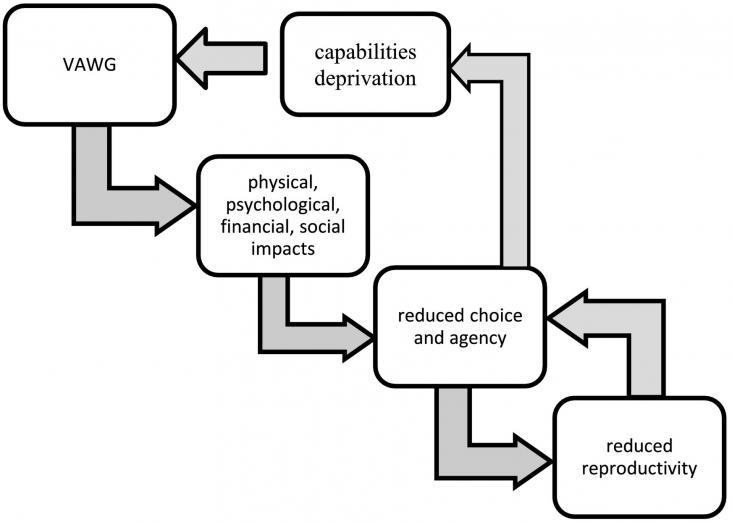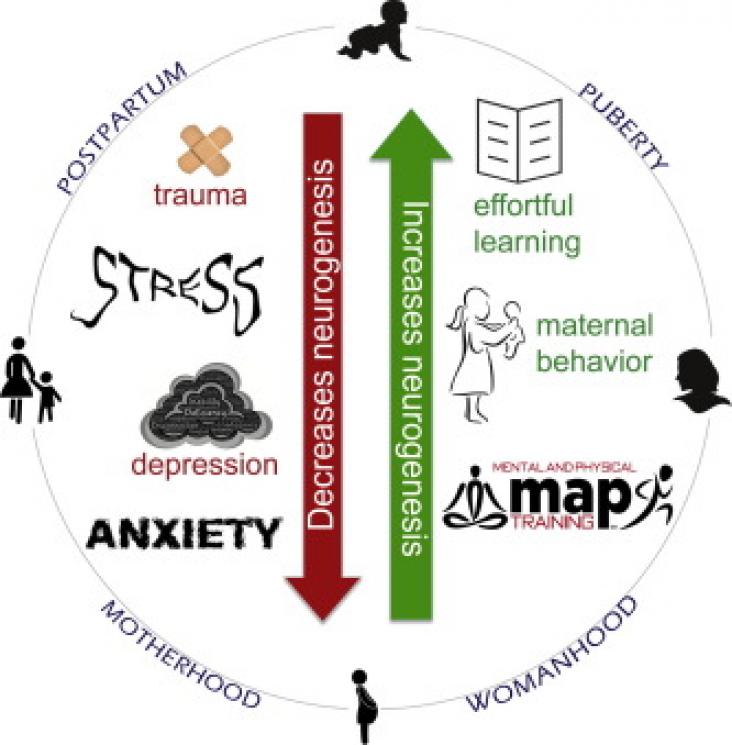
Women's rights activists have observed November 25th as a day against gender-based violence since 1981. This date was selected to honour the Mirabal sisters, three political activists from the Dominican Republic who were brutally murdered in 1960 by order of the country’s ruler, Rafael Trujillo (1930-1961). November 25th also marks the beginning of 16 Days of Activism against Gender-Based Violence which ends on December 10th, Human Rights Day. This annual campaign is used by individuals and organisations around the world to call for the prevention and elimination of violence against women and girls.
Despite the adoption of the Convention of the Elimination of All Forms of Discrimination against Women (CEDAW) by the UN General Assembly in 1979, violence against women and girls remains a pervasive problem worldwide. To date, only two out of three countries have outlawed domestic violence, while 37 countries worldwide still exempt rape perpetrators from prosecution if they are married to or eventually marry the victim and 49 countries currently have no laws protecting women from domestic violence.
To mark this event, Elsevier presents a curated, freely available collection of journal articles and book chapters to highlight the urgent need to end violence against women and girls.
Journal of Sexual Medicine, Volume 17, November 2020
Background: Research has revealed that survivors of childhood sexual abuse (CSA) have elevated sexual dysfunction and distress. Nevertheless, a vast majority of studies examining sexual dysfunction and distress among CSA survivors were conducted among women only, and the moderating role of post-traumatic stress disorder (PTSD) symptoms between a history of CSA and sexual dysfunction and distress is yet to be investigated.
International Encyclopedia of Public Health (Second Edition), 2017, Pages 337-343
International Encyclopedia of Public Health (Second Edition), 2017, Pages 491-498
Police Psychology, New Trends in Forensic Psychological Science, 2022, Pages 205-241
Preventing Domestic Homicides, Lessons Learned from Tragedies, 2020, Pages 209-231
Encyclopedia of Violence, Peace, & Conflict, Second Edition, 2008, Pages 2456-2467
Global Emergency of Mental Disorders, 2021, Pages 353-364
How Sex and Gender Impact Clinical Practice, An Evidence-Based Guide to Patient Care, 2021, Pages 277-287


